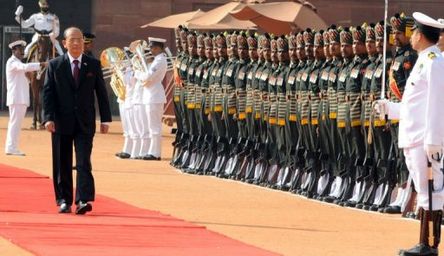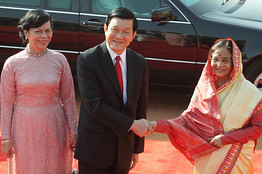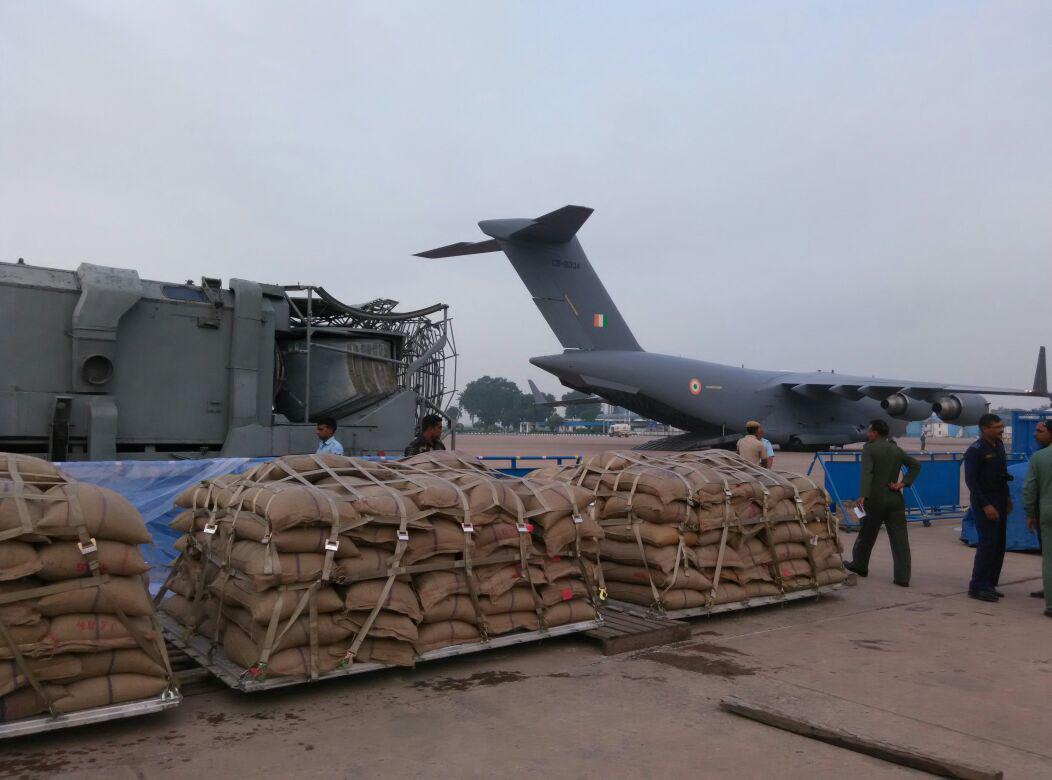India-Mayanmar Relations: Tamanthi and 600MW Shwazaye project
China pushes India to the brink on Myanmar project
edit: Unfortunately, our political tardiness has come to bite us in the rear in this project.
China pushes India to the brink on Myanmar project
Just read this on toi.NEW DELHI: Fed up with Myanmar government's inflexibility under Chinese influence and 'sarkari' attitude of state-run hydel utility NHPC, India's ambassador has suggested that exiting a strategic initiative to deepen New Delhi's influence in the region -- the 1,200 mw Tamanthi hydel project -- may be the best option to save India's image.
The plan for the Tamanthi and 600 mw Shwazaye projects was drawn up in 2006 under a 2004 cooperation agreement between the two countries. Both the projects were to be built on Chinwin river for supplying power to Myanmar and bordering states in India's north-east to kickstart economic development in the region.
In a letter to foreign secretary Nirupama Rao, ambassador V S Seshadri has suggested a rethink on continuing with the Tamanthi project. His reason is that things are not working in India's favour even after election of a new government, which is "seeking longer periods for clearances".
On top of it, lack of any initiative, flexibility in tying up a local partner or planning from NHPC is making any progress more difficult by the day. It has an uneasy relationship with Myanmar's Department of Hydropower Planning, is slow in replying to letters, goofs up on procedure for applying for clearances and has no high-level contacts with local officials.
The net result is that India's image is taking a beating. Delays in the project's progress are reinforcing local perception of Indian companies being incapable of completing projects in a time-bound fashion. Though the project is sure to go a Chinese firm if India opts out, Seshadri hints an exit may be the best way to cut India's losses.
The best way forward is to ask how important is the project for India's strategic interest or to economic development of northeast. "If the answer is we will not be seriously affected, then we should, without further loss of time, exit the project in as smooth a manner as possible rather than expending further diplomatic capital on seeking clearances etc... the delay is affecting our image and is seen as confirming local (mis)perceptions about Indian companies," Seshadri said.
But if the government feels the project is important for India's strategic interests, then NHPC will have to give up its "business as usual approach" and get into "mission mode", Seshadri said. "They will need to work to change perceptions here that it can run time-bound project in the Myanmar environment.
There is, however, a third option: Completing additional investigations quickly and then considering whether to continue with it or not. But even for this, NHPC will have to pull up its socks, Seshadri said.
edit: Unfortunately, our political tardiness has come to bite us in the rear in this project.
Last edited:
















